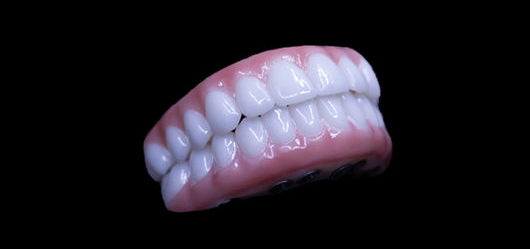Dental Sense - An Overview
Dental Sense - An Overview
Blog Article
Getting My Dental Sense To Work
Table of ContentsTop Guidelines Of Dental SenseFacts About Dental Sense RevealedLittle Known Facts About Dental Sense.4 Easy Facts About Dental Sense Explained
are clinical tools surgically dental implanted right into the jaw to restore an individual's capability to chew or their appearance. They provide assistance for synthetic (fake) teeth, such as crowns, bridges, or dentures. When a tooth is shed because of injury or illness, a person can experience issues such as fast bone loss, defective speech, or changes to chewing patterns that result in discomfort.Dental implant systems contain a dental implant body and dental implant abutment and might additionally include an abutment fixation screw. Front tooth filling. The dental implant body is operatively put in the jawbone in area of the tooth's origin. The oral implant abutment is typically affixed to the dental implant body by the joint addiction screw and extends through gum tissues into the mouth to sustain the attached man-made teeth
(https://share.evernote.com/note/12f780ae-8ad1-693d-87b6-b9c57ca5907c)Framework of The Oral Implant System picking oral implants, talk to your dental supplier about the potential advantages and dangers, and whether you are a candidate for the procedure. Things to think about: Your overall health is a vital factor in identifying whether you are a great prospect for oral implants, for how long it will take to heal, and how much time the implant might remain in area.
Smoking cigarettes may influence the recovery process and reduce the lasting success of the implant. The recovery process for the implant body might take several months or longer, during which time you generally have a temporary abutment in area of the tooth. the dental implant procedure: Meticulously comply with the dental health directions provided to you by your dental supplier.
The 4-Minute Rule for Dental Sense
Implant failing can lead to the demand for another operation to take care of or replace the implant system. Brings back the capability to eat Restores aesthetic appearance Assists keep the jawbone from diminishing because of bone loss Maintains the health of the surrounding bone and gum tissues Assists maintain adjacent (nearby) teeth steady Improves high quality of life Damage to bordering natural teeth during dental implant positioning Injury to the surrounding tissues during surgical treatment, such as sinus perforation Injury during surgical treatment (as an example, crack of surrounding jawbone) Insufficient function, such as seeming like the teeth do not attack together usually A sensation that the tooth is loose or turning in position arising from a joint screw loosening Implant body failing (looseness of the dental implant body) because of systemic infection, which might be most likely in individuals with unrestrained diabetes as a result of neighborhood infection in bone and gums sustaining the dental implant body as a result of delayed healing, which may be much more most likely in individuals that smoke Problem cleaning up the gums around the implant, leading to poor oral health Unattended periodontal condition Post-surgical tingling because of nerve impingement or damage Always inform healthcare suppliers and imaging service technicians that you have oral implants prior to any kind of magnetic resonance imaging (MRI) or x-ray treatments.
FDA is not knowledgeable about any unfavorable occasions reported for MRI or x-ray procedures with dental implants. Dental implants systems are typically made from products that adhere to worldwide consensus criteria of the International Organization for Standardization (ISO) or ASTM International. These standards have information of what makes a safe product.

An oral implant is a framework that changes a missing tooth. With screw-like gadgets, the specialist inserts an implant right into the jawbone, and it acts as an anchor for a fabricated tooth, called a crown.
Excitement About Dental Sense
Some people are not qualified for dental implant surgery. It is for dental doctors to operate individuals with: intense illnessuncontrollable metabolic diseasebone or soft tissue condition or infectionIf these concerns are fixed, an individual can have the surgical procedure. In, oral doctors avoid from operating individuals with: If people with any one of the above go through oral implant surgical procedure, there is a greater risk find out of the implant falling short.

Oral implant surgery is a tailored procedure. Give you time to heal. Attach the message and last crown, bridge or denture.
Next, your surgeon will meticulously position the oral implant into your jaw. Lastly, your surgeon will certainly reposition your gums and shut the incision with stitches. If your implant is near the front of your mouth, your dental professional will certainly make a temporary tooth for you to wear until you recover. By doing this, you will not have a void in your smile while you recoup.
9 Simple Techniques For Dental Sense
Throughout the healing stage, your jawbone needs to fuse to the dental implant. This process can take anywhere from three to 9 months.
Once your implant heals, your dentist can connect the abutment (small adapter message) and your last remediation (crown, bridge or denture). This generally takes about one hour to finish and might require a 2nd minor surgical treatment. You shouldn't feel any type of discomfort throughout your dental implant procedure because your company will certainly make use of drug to numb your periodontals.
Report this page